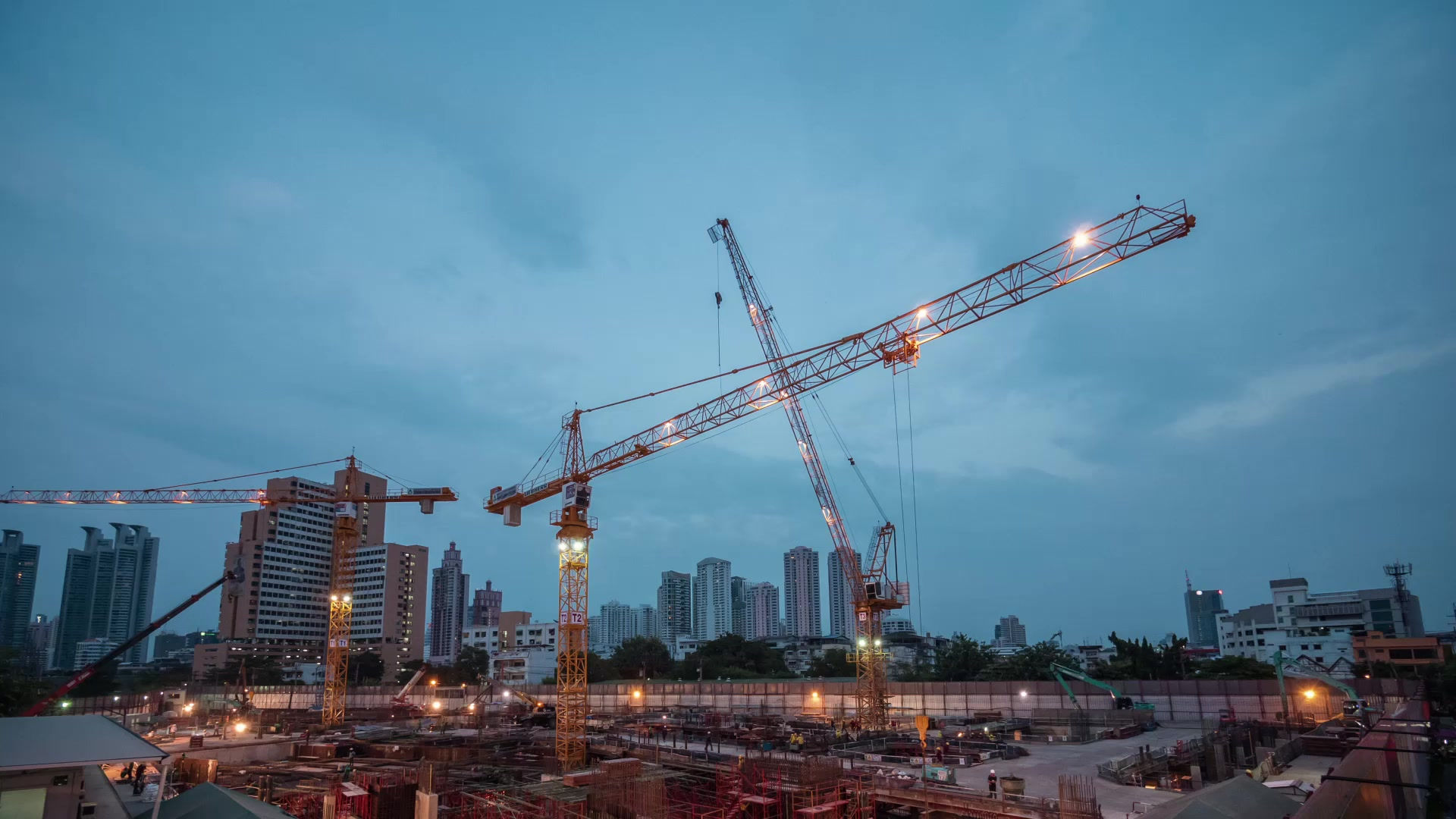Emergency Drills: Preparing for the Unexpected
- Patricia Guillen

- May 25
- 4 min read
Peru is highly susceptible to natural threats such as earthquakes, tsunamis, heavy rains, landslides, and other events that can lead to disasters. Therefore, the Disaster Risk Management Secretariat of the Presidency of the Council of Ministers (PCM) in Peru has established, through this document, "Resolucion No. 001-2025-PCM/SGRD", an official schedule for conducting multi-hazard drills throughout 2025, aiming to strengthen the readiness of the population and institutions for emergencies.

What is an emergency drill?
An emergency drill simulates a disaster or emergency scenario to assess response times, evaluate the effectiveness of plans, coordinate available resources, and identify new hazards and risks.
Conducting an emergency drill is highly useful.
A drill is an organized and supervised exercise designed to train individuals to respond correctly during an actual emergency.
According to INDECI (the National Institute of Civil Defense in Peru), emergency drills are essential to promote a culture of prevention and self-protection in the community.

How to make a good emergency drill plan?
To conduct a successful drill, it is advisable to adhere to the following steps:
Identification and evaluation of risks: Identify the threats that affect the area where you work or live (earthquakes, heavy rains, tsunamis, fires, robberies, etc.).
Define objectives: Determine what you want to evaluate in the drill; these objectives could be: evacuation time, communication, leadership, use of equipment, evacuation routes, etc. At this point, the report of the previous drill should be taken into account in order to define the objectives of the next drill.
Design of the emergency drill: Determine the drill type (such as evacuation, search and rescue, fire, robbery, etc.). To achieve this, develop a short narrative as a scenario with potential situations and assign roles to each participant.
Training: Provide prior training to the personnel involved.
Communication: Communicate the execution of the drill to the entire organization. It must be communicated before the execution of the drill through the Emergency Drill Plan, and then the conclusions and points to be improved with the Drill Report.
Execution of the emergency drill: Carry it out on the planned schedule, with monitoring of the development. At this point, a person should be available to take time and objectively watch the execution of the drill.
Evaluation and feedback: Review what worked and what needs to be improved through a meeting immediately after the drill.
3. Resources needed for a simulation
Drills require:
Approved and distributed the emergency response plan.
Risk maps and evacuation routes.
Communication equipment (radios, alarms, megaphones).
First-aid kits, first-aid materials such as rigid stretchers, fire extinguishers, etc.
Personal protective equipment (PPE).
Trained personnel, both internal and external, if necessary.
An observer to time the activities.
Audiovisual record (photographs, videos)
Forms to make the plan, report, and others that may be necessary.

Management System and Drills
Establishing an efficient management system is crucial for the success of drills. An effective management system aids in the planning, execution, and assessment of drills. This guarantees that all processes are documented, organized, and controlled for appropriate follow-up.
The management system will provide how to perform the drill following a step-by-step procedure.
Elements of the management system for drills.
Emergency Procedures: Documents must be clear and accessible to everyone in the organization. This includes having a dedicated manual for emergencies, known as the Emergency Plan, which outlines the steps and actions to take in the event of incidents like earthquakes, tsunamis, robberies, and similar situations.
Communication Protocols: Setting up effective communication channels is crucial for a coordinated response both during drills and in real-life scenarios. This can involve using radios, digital apps, alarms, and more.
Ongoing training: Regular training sessions ensure that everyone in the organization stays informed about document updates and best practices for conducting drills, preparing them to respond effectively in real situations.
Drill program: Regularly conducting drills is essential for maintaining readiness and fostering strong connections among participants. Holding a minimum of three drills annually can enhance the effectiveness of responses.
Regulatory framework
INDECI (the National Institute of Civil Defense in Peru): It is the governing entity in disaster risk management and issues technical guidelines for the organization and execution of drills.
Law No. 29783 on Occupational Safety and Health and its regulation D.S. 005-2012-TR in Peru does not directly specify the obligation to carry out drills. However, it requires employers to implement an Occupational Safety and Health Plan (OSH) that includes the identification of hazards and risk assessment, ensuring that the plan addresses the prevention of accidents and occupational diseases, and emergency response. In this regard, conducting drills can be an effective measure to evaluate the effectiveness of the plan and emergency response.
ISO 45001, in its clause 8.2, “Emergency preparedness and response”, requires emergency drills as part of the testing of emergency plans and evaluation of their effectiveness. These drills make it possible to verify that the emergency procedures are known and can be carried out properly by the workers.
OSHA (Occupational Safety and Health Administration - USA) Standards: Recommend written emergency response plans, clear evacuation routes, alarms, evacuation practices, and ongoing training.
Final Thoughts
Emergency drills are crucial across all sectors, both public and private, as well as in homes and neighborhoods, ensuring we remain prepared for actual emergencies.
Develop an Emergency Response Plan and conduct drills to assess the Plan, making necessary adjustments to minimize the impact of actual emergencies.
Ensuring safety is a shared duty, and by conducting drills, you can strengthen a community's resilience to handle any challenges that arise. Keep in mind that during emergencies, the line between survival and tragedy may hinge on the preparation and training you have undergone in advance.
Subscribe to our mailing list and you'll get access to subscriber-only PDF articles, discounts, and more.
Download this article: "Emergency Drills: Preparing for the unexpected" in PDF here, and share it:




Comments